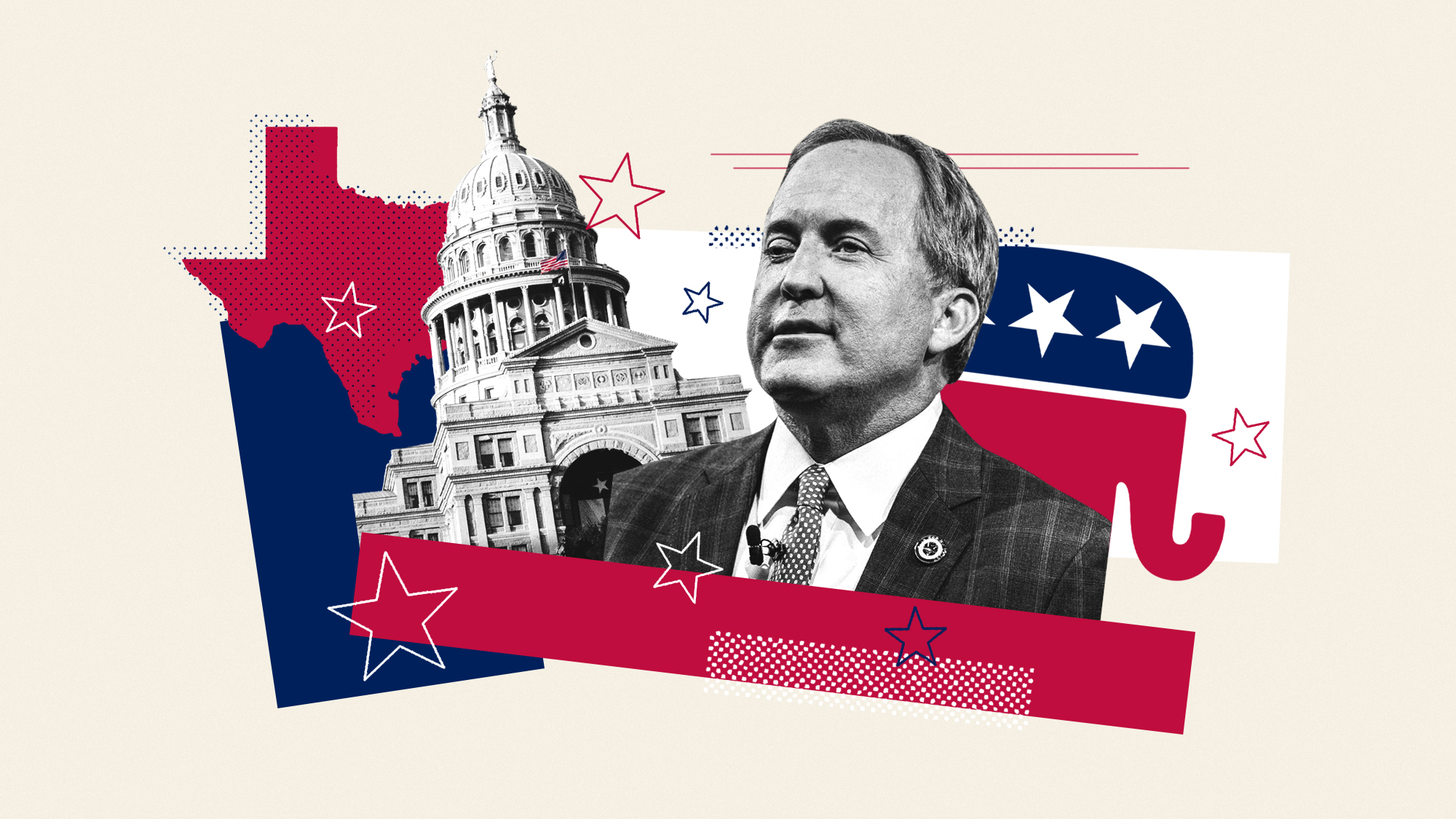
- Select a language for the TTS:
- UK English Female
- UK English Male
- US English Female
- US English Male
- Australian Female
- Australian Male
- Language selected: (auto detect) - EN
Play all audios:
Across Europe, spring is here. Little by little, life is returning to a continent that has been in suspended animation since the pandemic struck. Austria, Czechia and Denmark are emerging
from hibernation this week, while Germany will join the great awakening on Monday. One should not exaggerate the initial impact of this gradual return on the European economy. Danish
kindergartens, Austrian garden centres and Czech farmers’ markets are unlikely to herald a rapid return to normality. But these smaller nations are blazing a trail for the larger ones, which
are watching their exit strategies closely. Germany, the engine of the EU, is tiptoeing back to work next week, led by_ _small shops and businesses. The German _Mittelstand, _the
middle-sized firms that have always been the country ’ s mainstay, made their case to Chancellor Merkel at this week’s meeting of the 16 regional heads of government. In the Federal
Republic, the _Länder_, or states, have a powerful voice and in this case it has proved decisive in overcoming Angela Merkel’s instinctive caution. As a former chemist, she has followed the
scientific advice strictly, fearing that hospitals could be overwhelmed. But that has not happened. Instead, the German response to Covid-19, based on mass testing, has been a “fragile and
provisional success”, she told the nation — “something that was in no way a certainty at first”. Some schools and larger shops are due to return to work on May 4, along with churches,
restaurants, clubs and pubs. What can Britain learn from Germany and its neighbours in the heart of Europe? Here, the Government is extending the lockdown for another three weeks, with no
end in sight. But Professor Chris Whitty, the Chief Medical Officer, is now convinced that the coronavirus curve is beginning to “flatten out”. This view was supported by Dame Angela McLean,
another senior scientific adviser, who points out that the number of Covid-19 patients in hospital is no longer increasing nationally and in London is actually falling. If, as appears to be
the case, there is a scientific consensus that the peak has now been reached, then the politicians and civil servants have no time to waste in preparing to put the UK’s exit strategy into
action early next month. But what should that strategy be? Here there is no consensus. Some — the “hawks” — favour an early exit from lockdown, fearing that each day’s delay will make it
harder to resuscitate the moribund economy. Others — “the doves” — are worried that a premature return to business as usual in spring will bring a second wave of the pandemic in its wake to
sweep the country in the summer. A compromise, said to be in preparation, is based on the concept of “segmenting”. Under this scheme, healthy younger adults would return to work and gain
immunity; older adults would remain in lockdown for much longer; and the 1.5 million most at risk would be shielded, even if that meant self-isolation from close family members. A second
difference of opinion cuts across that which divides the hawks and doves: should the staged return to normality be organised on the basis of age, geography or economic function? Here again
there is no consensus. There is broad agreement among experts that nurseries, schools and universities should be among the first to be unlocked, both because the loss of education does
irreparable damage to the young and because their parents would then be free to return to work. The virological analysis suggests that 2-4 per cent of deaths have been prevented by the
closure of the education and childcare system — a low enough figure, perhaps, to risk their reopening. In Denmark, primary school pupils are observing strict social distancing in the
classroom. But if young adults, who are also low-risk, are released from lockdown, how can they be persuaded to play by the rules in their interactions with older generations who remain
vulnerable to infection? In an article for the_ Times, _Sir Iain Duncan Smith and the economist Gerard Lyons argue that age should not be the decisive factor in sequencing the recovery. They
are sceptical that young adults could kick start the economy on their own. Instead, they favour a “traffic light approach”, with red, amber and green phases. In each phase, lasting three
weeks, more economic activities would be permitted: red would begin in the first week of May and the green phase in mid-June. By then, pubs, restaurants and large shops would be open, while
larger gatherings, such as religious services and sports events, would be allowed to take place. Over the next few days, the Cabinet will have to choose between these various options. The
lack of light at the end of the tunnel is sapping national morale. As one influential adviser, Professor Neil Ferguson of Imperial College, puts it: “Decisions must be accelerated and real
progress made.” For that to happen, we need leadership. Only the Prime Minister can provide the necessary authority to choose an exit strategy and stick to it through the inevitable setbacks
and criticisms. Boris Johnson is still convalescing at Chequers, but he is undoubtedly being kept informed and will return as soon as he is fighting fit — perhaps as soon as this weekend,
which may well mark the turning point in the pandemic. In September 1939, after Britain declared war on Germany, Neville Chamberlain took the courageous decision to appoint his nemesis,
Winston Churchill, to lead the Royal Navy as First Lord of the Admiralty, the position he had held in 1914. A signal was sent to the entire fleet, then still the largest in the world:
“Winston is back.” Today, after a month of record mortality and economic stasis, the signal this plague-ridden country needs to hear must also come from Downing Street: “Boris is back.”









